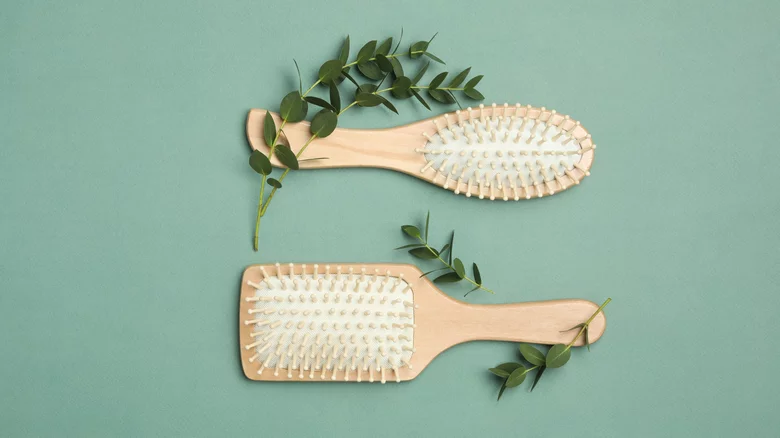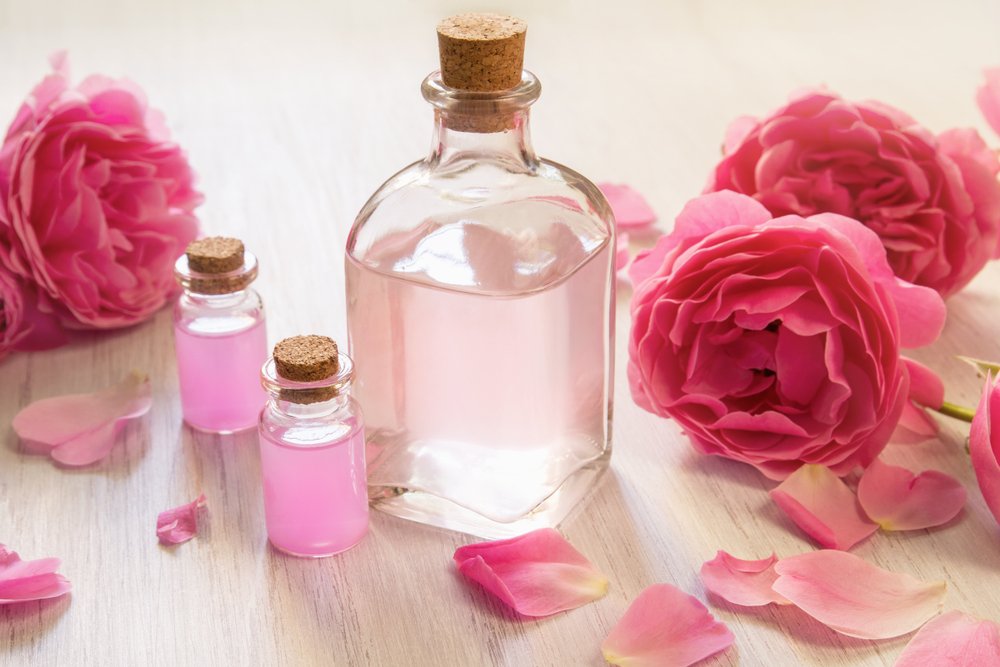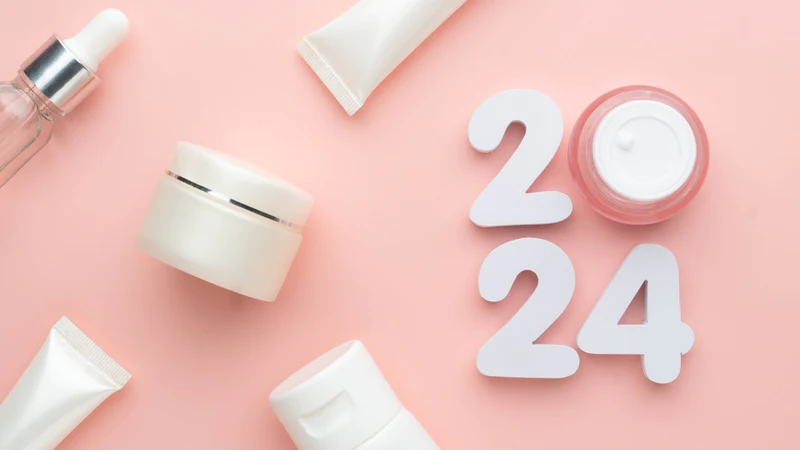
A hair brush is an essential tool for maintaining the health and appearance of your hair. However, many people overlook the importance of cleaning their hair brushes regularly. In this article, we will explore the reasons why you should make washing your hair brush a regular part of your hair care routine. From preventing product buildup and dandruff to promoting scalp health and overall hygiene, keeping your hair brush clean offers numerous benefits. Read on to discover how a simple task like washing your hair brush can make a significant difference in the health and vitality of your hair.
Prevents Product Buildup
Over time, hair products such as styling gels, serums, and hairsprays accumulate on your hair brush bristles. When you use a dirty brush, these residues transfer back onto your hair, leading to product buildup. This buildup can weigh down your hair, making it appear dull and lifeless. By regularly washing your hair brush, you remove these residues, ensuring that your hair receives the full benefits of the styling products you use.
To clean your hair brush, start by removing any loose hair from the bristles. Then, create a solution of warm water and mild shampoo or liquid soap. Gently scrub the brush with the solution, paying special attention to the bristle area. Rinse thoroughly and allow it to air dry before using it again.
Promotes Scalp Health
A clean hair brush contributes to a healthy scalp. When you brush your hair, the bristles stimulate blood circulation in the scalp, promoting the delivery of essential nutrients to the hair follicles. However, if your brush is dirty, it can transfer bacteria, oil, and dead skin cells back onto your scalp, leading to irritation, itchiness, and even infections.
Regularly cleaning your hair brush helps maintain a hygienic environment for your scalp. It removes bacteria, oil, and debris that may have accumulated on the brush, reducing the risk of scalp issues. Additionally, a clean brush ensures that your hair remains free from external pollutants, keeping it healthier and more vibrant.
Prevents Dandruff
Dandruff is a common scalp condition characterized by flaky, itchy skin. While various factors contribute to dandruff, a dirty hair brush can worsen the problem. Dead skin cells, oils, and bacteria trapped in the bristles can transfer back onto your scalp, exacerbating dandruff symptoms.
By regularly washing your hair brush, you eliminate these potential triggers. A clean brush minimizes the chances of dandruff-causing substances making contact with your scalp, helping to reduce the occurrence and severity of dandruff.
Extends the Lifespan of Your Hair Brush
Taking care of your hair brush by cleaning it regularly can extend its lifespan. Product buildup, hair residue, and oils not only affect your hair but also accumulate on the bristles, making them less effective over time. Regular cleaning ensures that the bristles remain clean, strong, and properly aligned, allowing the brush to work optimally.

Maintains Overall Hygiene
Maintaining good hygiene is essential for overall health and well-being. Your hair brush is exposed to a variety of external elements such as dust, dirt, and environmental pollutants, which can settle on the bristles. Additionally, if you share your hair brush with others, it can accumulate bacteria and germs.
By washing your hair brush, you eliminate these unwanted substances, promoting better overall hygiene. This is particularly important if you have a sensitive scalp, are prone to allergies, or have any skin conditions. Keeping your hair brush clean reduces the risk of transferring bacteria, allergens, and germs onto your scalp and hair.
Regularly cleaning your hair brush is especially important if you share it with others. Bacteria and fungi can easily spread through shared brushes, leading to potential infections or infestations such as lice. By washing your hair brush regularly, you minimize the risk of cross-contamination and promote a hygienic environment for everyone.
Enhances Hair Appearance
Using a clean hair brush can have a positive impact on the appearance of your hair. A dirty brush can distribute oils and dirt unevenly throughout your hair, making it look greasy and weighed down. In contrast, a clean brush ensures that oils are evenly distributed from the roots to the ends, promoting a healthier, shinier, and more voluminous look.
By incorporating regular hair brush cleaning into your hair care routine, you can achieve a more polished and well-groomed appearance.
Tips for Proper Hair Brush Maintenance
To maintain the cleanliness and effectiveness of your hair brush, follow these additional tips:
a. Remove hair: After each use, remove any hair trapped in the bristles. This prevents tangles and allows for better airflow during cleaning.
b. Wash regularly: Aim to clean your hair brush at least once a week, or more frequently if you use a lot of styling products. Follow the cleaning method mentioned earlier with a mild shampoo or liquid soap.
c. Allow to air dry: After washing, make sure to let your hair brush air dry completely before using it again. Avoid using a hair dryer or placing it in direct sunlight, as this can damage the bristles.
d. Replace when needed: Over time, the bristles on your hair brush may become worn out or damaged. If you notice excessive shedding or frayed bristles, it may be time to invest in a new brush.
Maintaining a clean hair brush is vital for maintaining hair health and hygiene. By preventing product buildup, promoting scalp health, and preventing dandruff, washing your hair brush regularly can significantly improve the condition and appearance of your hair. Make it a habit to clean your hair brush to enjoy healthy, beautiful hair.








